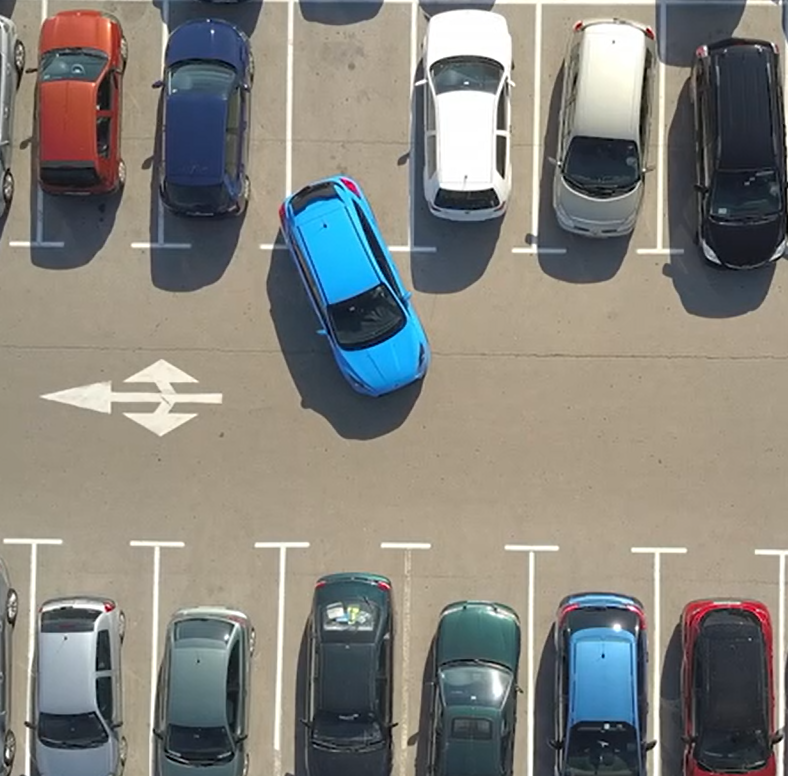Reverse Bay Parking
A Guide to Reverse Bay parking
Reverse Bay parking is a manoeuvre that many struggle with, but fortunately it’s less likely on the driving test compared to other manoeuvres due to not all driving test centres having bay parking bays available.
There are no rules to the bay parking manoeuvre as such, although during the driving test, the examiner will be looking for you to demonstrate 3 important key points. These are:
- Accuracy – To successfully park in a bay within the lines and not too close to a car on either side.
- Control – By keeping the cars speed under control by use of clutch control and by use of effective steering.
- Observation – Constant all-round observation throughout the bay parking manoeuvre.
Look Assess and Decide
Before reversing into an empty bay, the first thing that you need to do is to look and assess if the bay is actually available and suitable.
These days parking bays are reserved for the disabled, for moms and toddlers and for electric vehicles to re-charge whilst their owner goes shopping.
So you need to look for any signs or markings on the floor to help you decide if the parking bay is actually suitable
Make Sure that the free bay isn't reserved for other uses
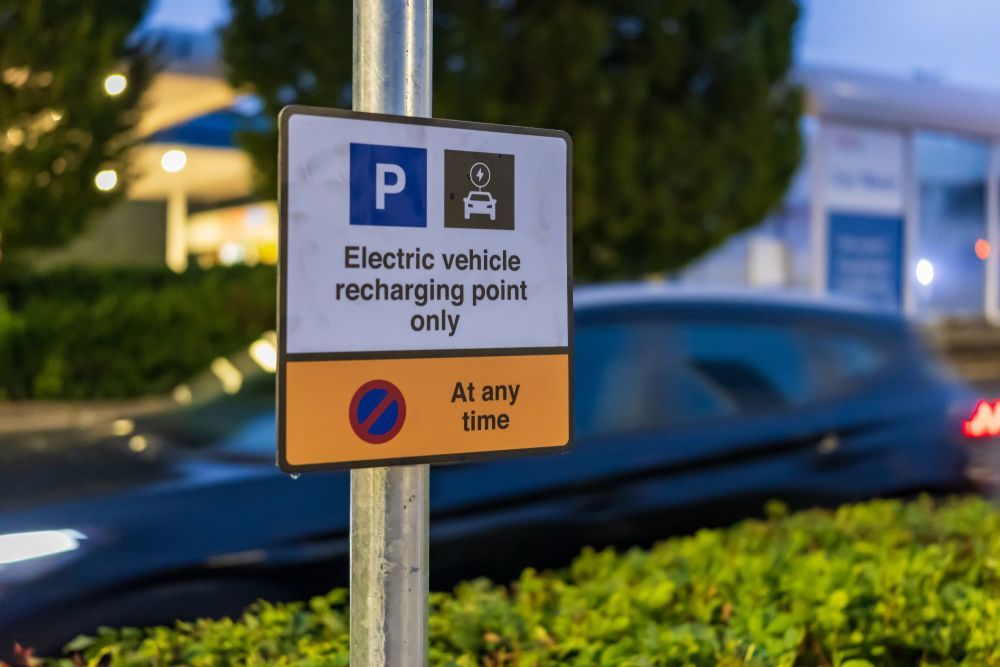
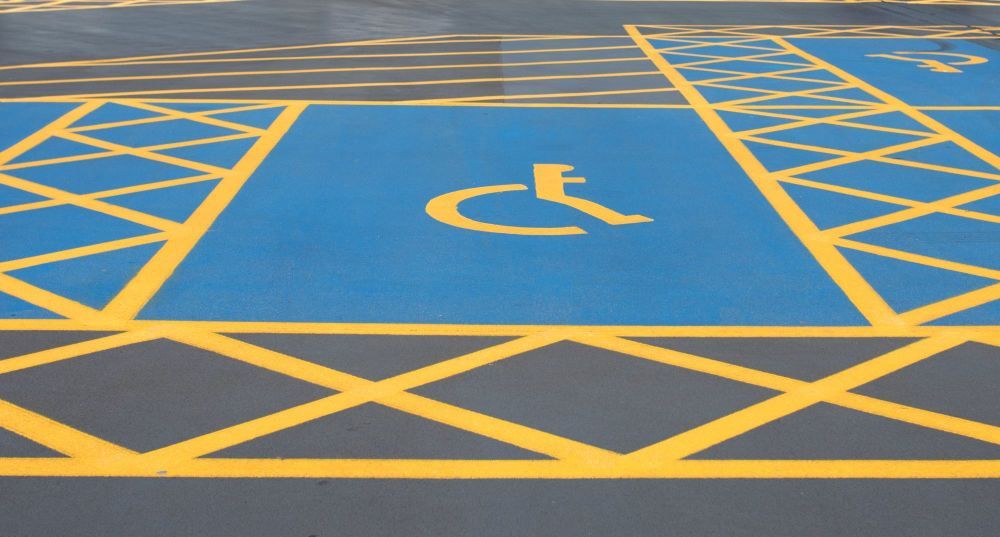
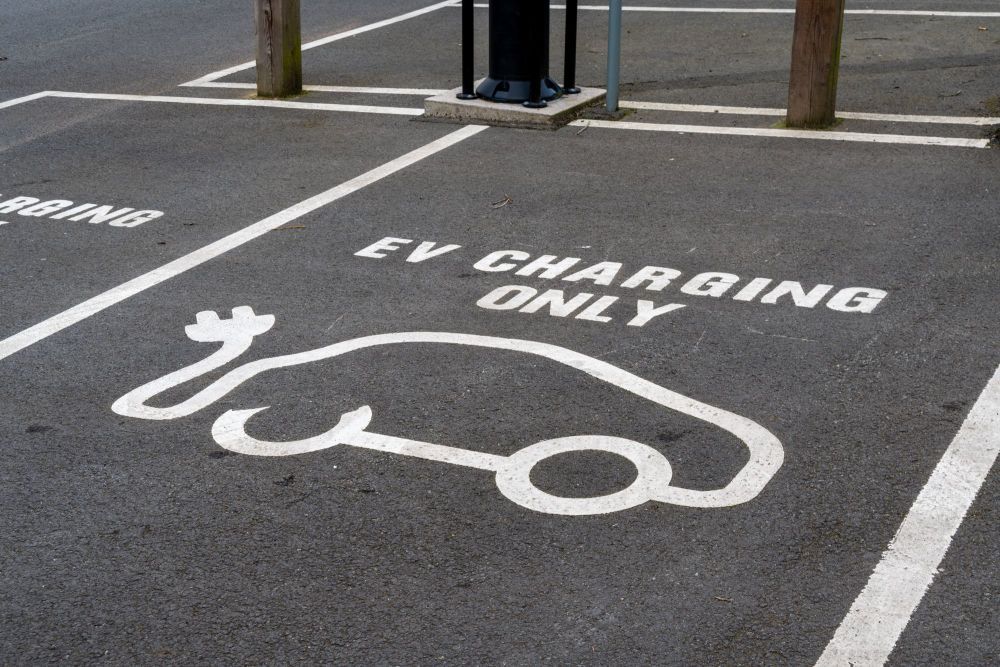
Reversing into a bay
Reverse Bay Parking for Driving Test
There are no rules to the bay parking manoeuvre as such, although during the driving test, the examiner will be looking for you to demonstrate 3 important key points. These are:
- Accuracy – To successfully park in a bay within the lines and not too close to a car on either side.
- Control – By keeping the cars speed under control by use of clutch control and by use of effective steering.
- Observation – Constant all-round observation throughout the bay parking manoeuvre.
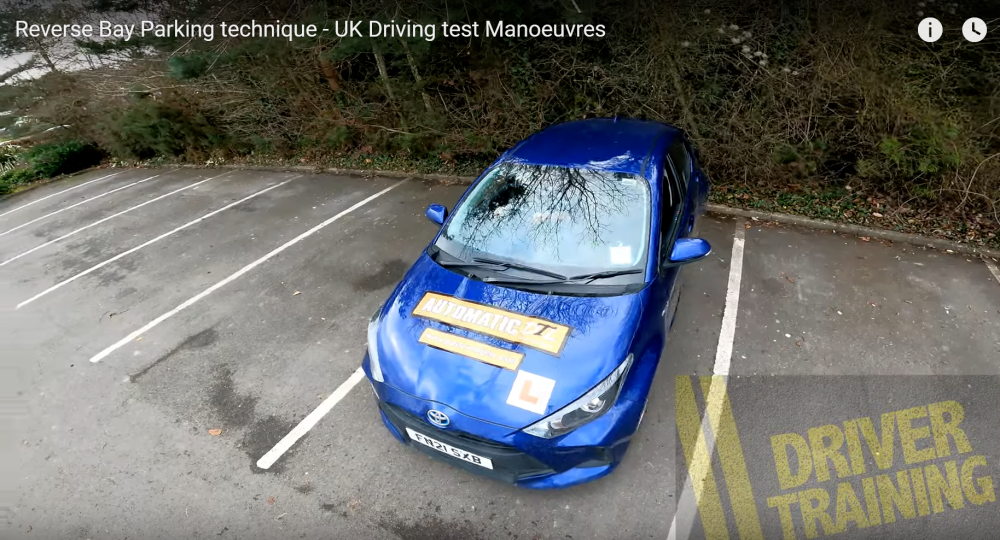
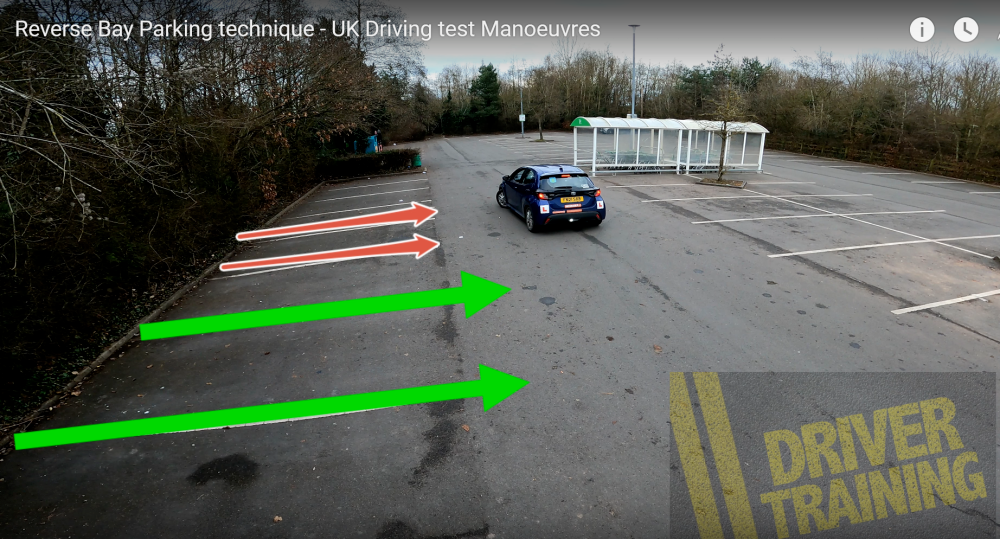
Position In the Middle
Positioning and Reference Point
First position the car in the centre of the road. Don’t worry where the point of turn is at the moment, concentrate on ensuring your car is reasonably in the centre of the road.
This will give sufficient distance from the bays you will be parking in by making the turning circle wider and therefore easier to manoeuvre and observe.
Plus, it will give sufficient distance to the right for when the car swings out, avoiding any obstacles such as kerbs or fences for example. Once you are happy that you are in the centre of the road, stop the car.
If you are on a slope, apply the handbrake. Select reverse gear regardless of other vehicles or pedestrians. Your reversing light will be illuminated showing them your intention to reverse the car.
Choose the bay you want to reverse into and count 2 lines past it
The reference point may vary slightly from car to car, so you may need to establish your own reference points.
FIRSTLY
Choose the bay that you want to reverse into.
Ignore both lines of that bay - (Marked in yellow)
Then count two lines past your chosen bay

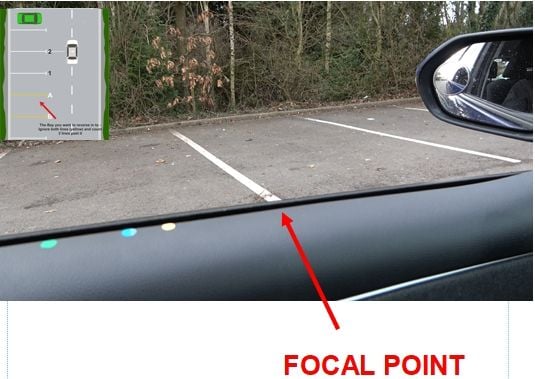
Get the line in the middle of your door
Move very slowly forward and When you reach the second line make sure it is approximately half way along your passenger door (this point will vary slightly with each car and person)
At that point stop. This is your focal point or point of turn.
Full Left Lock and All around Observation
Before starting to reverse the car, take all round effective observation to ensure you are clear from other vehicles and pedestrians.
If you are happy it’s clear, it is important you look out of the rear windscreen as this is the way you are travelling (you’ll fail if you don’t).
Very slowly reverse the car.
Imagine a slow walking pace as an indication of speed.
and turn the wheel all the way to the left until it wont turn anymore.
(This is known as full left lock)
It is not compulsory to stop the car at this point, however by doing so it breaks the manoeuvre down into sections which makes things easier. It will also remind you to look at important areas that can be a deciding factor of if you pass or fail the driving test.
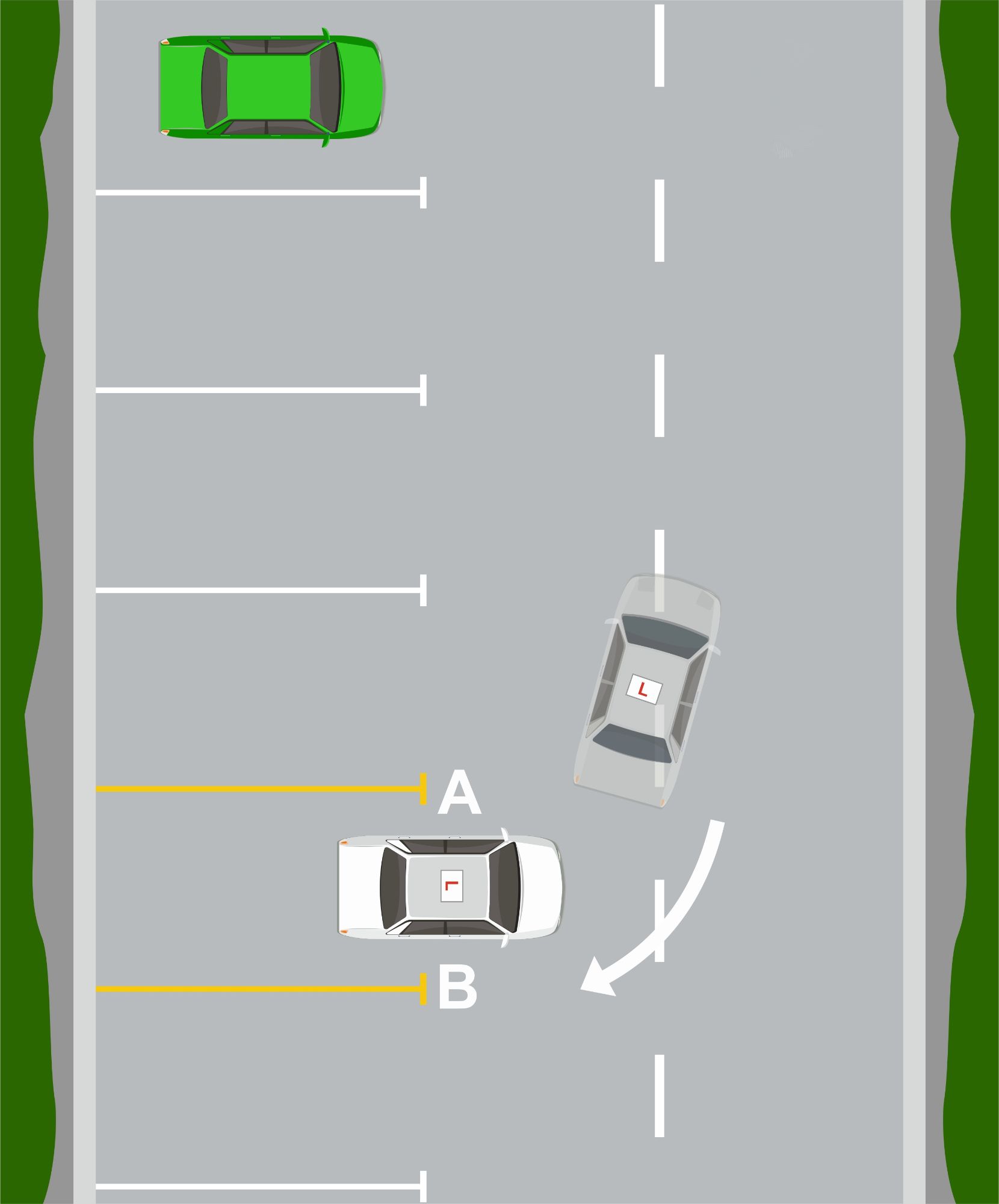

Look for the lines either side
As you are slowly reversing, constantly look around in all directions, including the rear windscreen and the blind spot to the right. If any pedestrians or vehicles get close, stop the car. If they are going to go past, wait until clear before proceeding. If they stop and wait for you, then continue.
Continuously perform all-round observation and as the car begins to turn, keep checking the left side mirror as you should see yellow line ‘A’ beginning to appear in it.
You will be able to establish how close or far you are from this line by using the left side mirror.
The closer the car heads towards the bay, you will see yellow line ‘B’ appear in the right mirror.
It’s essential you keep looking around and keep checking reference points – that’s a lot of looking, so ensure you keep the car very slow to fit it all in!
When the line is level with the car - straighten up
As soon as line A and B look level with the car in the side mirrors, straighten the wheel up.
It’s usually about a turn and a half of the steering wheel to straighten up from a lock.
Remember, if you need to adjust, steer towards which ever line you want to get closer to.
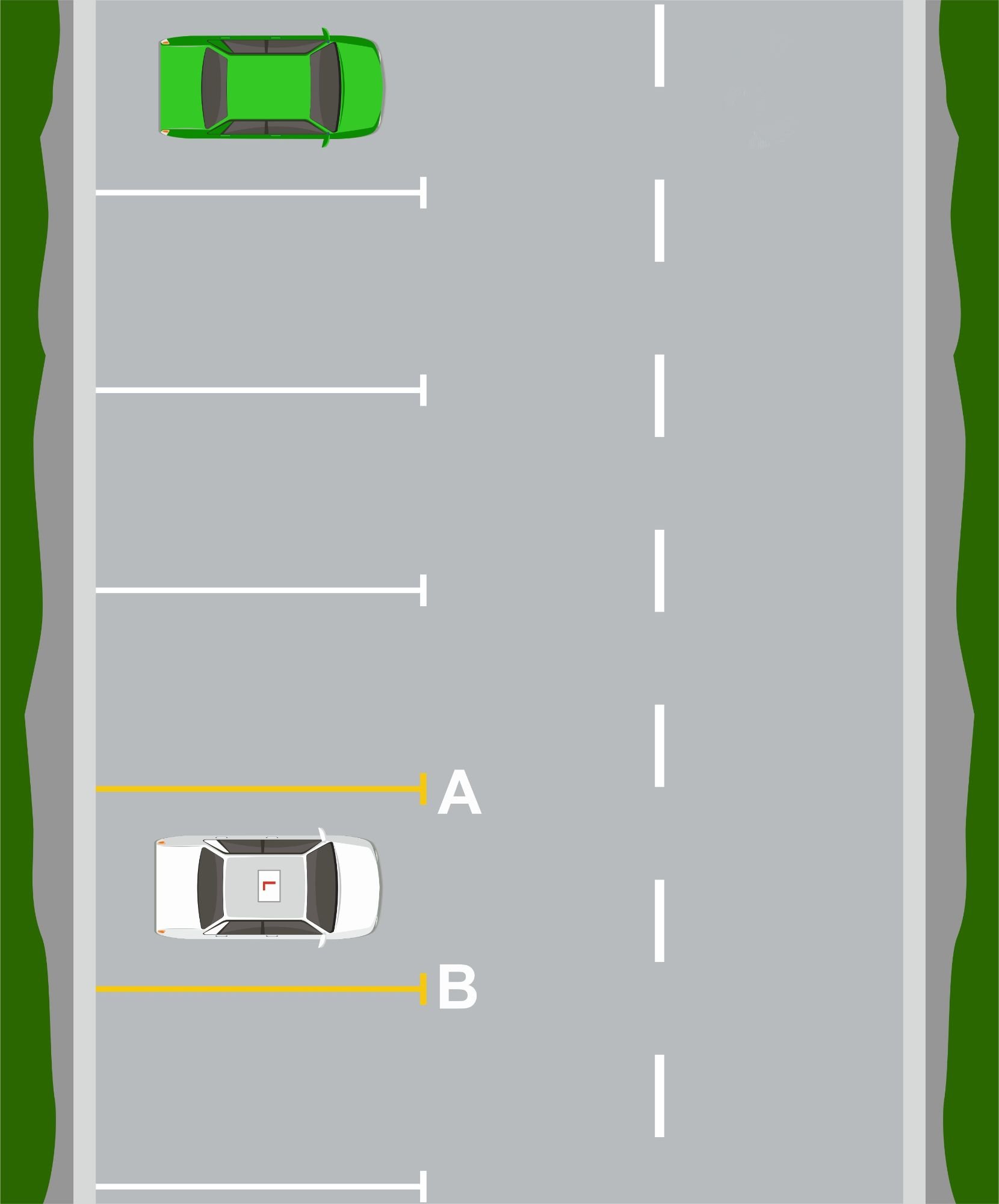
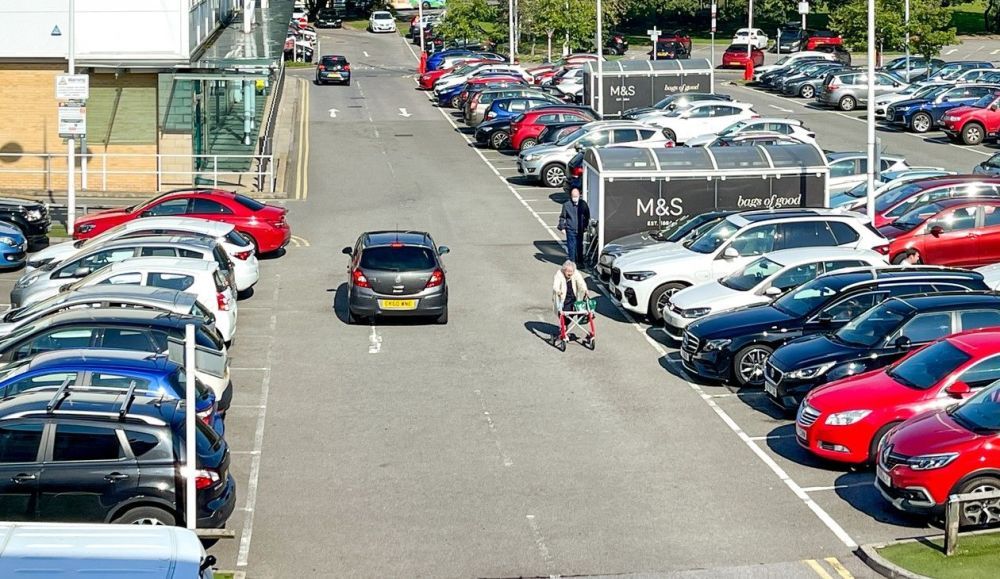
Pedestrians and Other Vehicles
Approaching vehicles and pedestrians
The best controlled and accurate bay park ever made will still fail the driving test if you don’t observe what is around you and react on it if appropriately. Keeping the car slow is essential so you can look around in all directions continuously.
If any vehicle or pedestrian approaches you, stop and allow them to pass before you proceed. If they are waiting then proceed.
If It Goes Wrong
With reversing into a bay, people think that The manoeuvre has to be completed in a single move without adjustment.
This is not true. As you are reversing towards the bay and feel it is going off-course, then the examiners are more than happy if you pull forward to correct.
After all what you are in effect saying is "If you give me a driving licence and i come to do this and it goes wrong, I will recognise it and correct it and keep everyone safe"

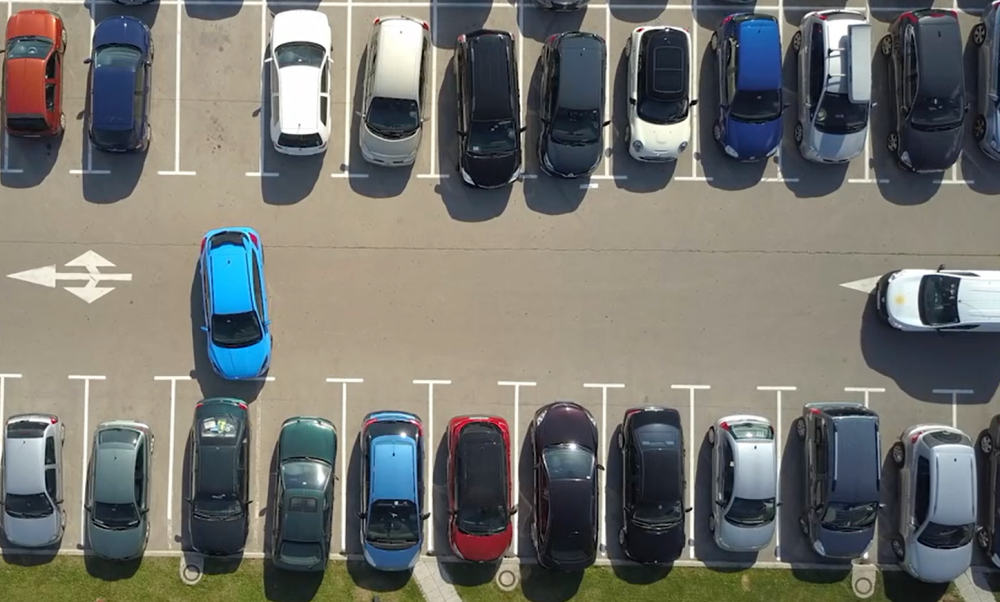
Drive As Far Forward As You Safely Can
The first thing that you need to do
Is when it is safe, drive as far forwards as you can, whilst straightening the car
Look and Assess in Your Mirrors
Now by looking in both side mirrors
Are you going to reverse in between both white lines?
Or do you need to adjust the steering?
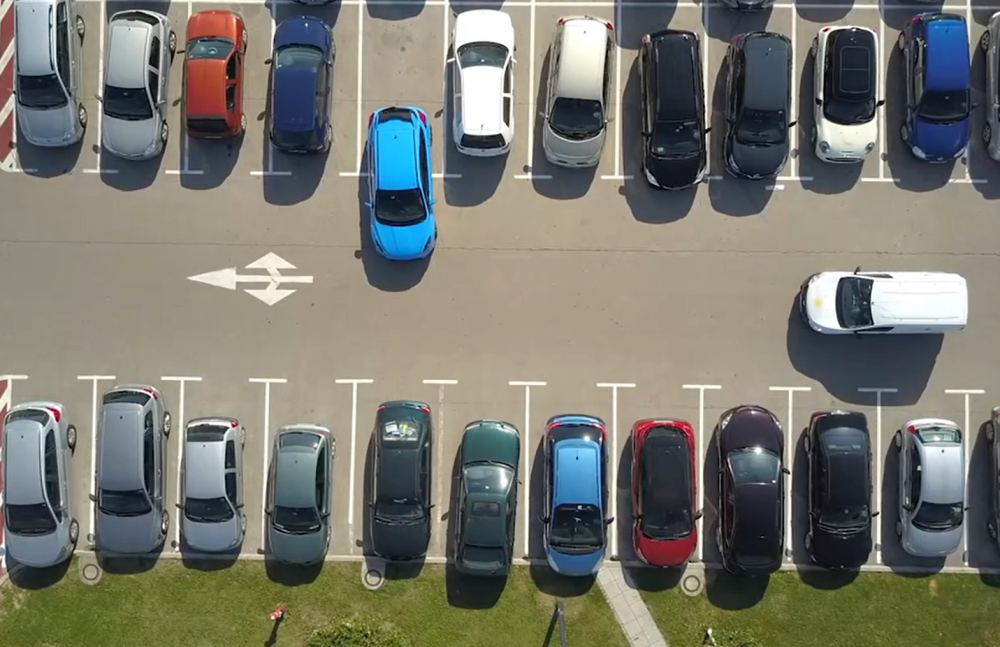
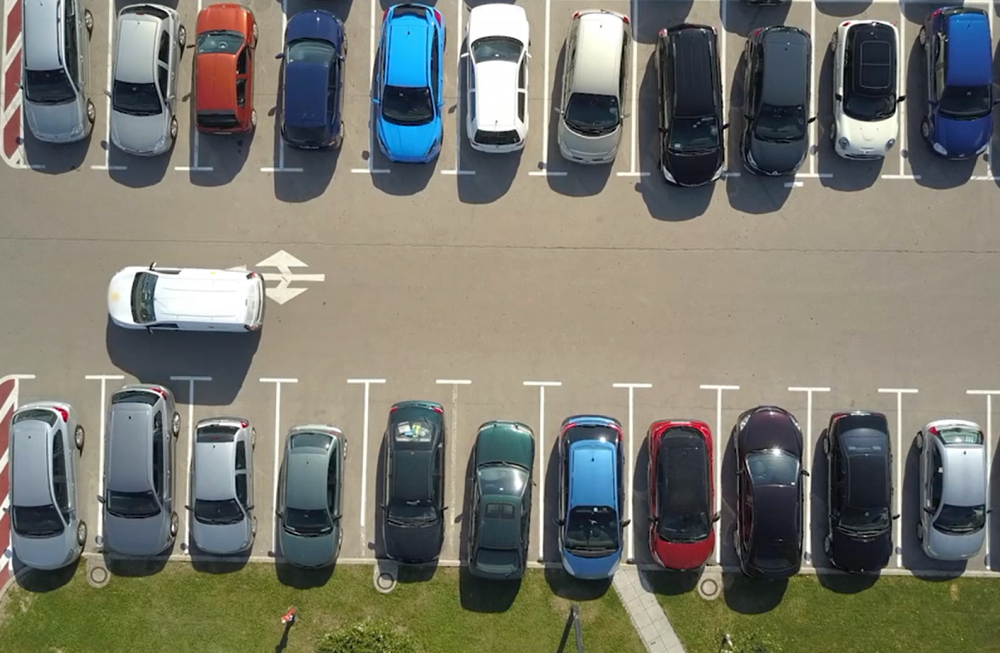
Reverse Safely Between Both White Lines
Keep checking both side mirrors and occasionally all around
Just to make sure everything is still clear
Keep Moving slowly backwards
And stop before reaching the end of your parking bay
Contact Us
Please complete the form below and click the Send button to get in touch with us.
Hours
Monday - Friday:
09:00 am - 6:00 pm
Saturday - Sunday:
10:00 am - 3:00 pm
